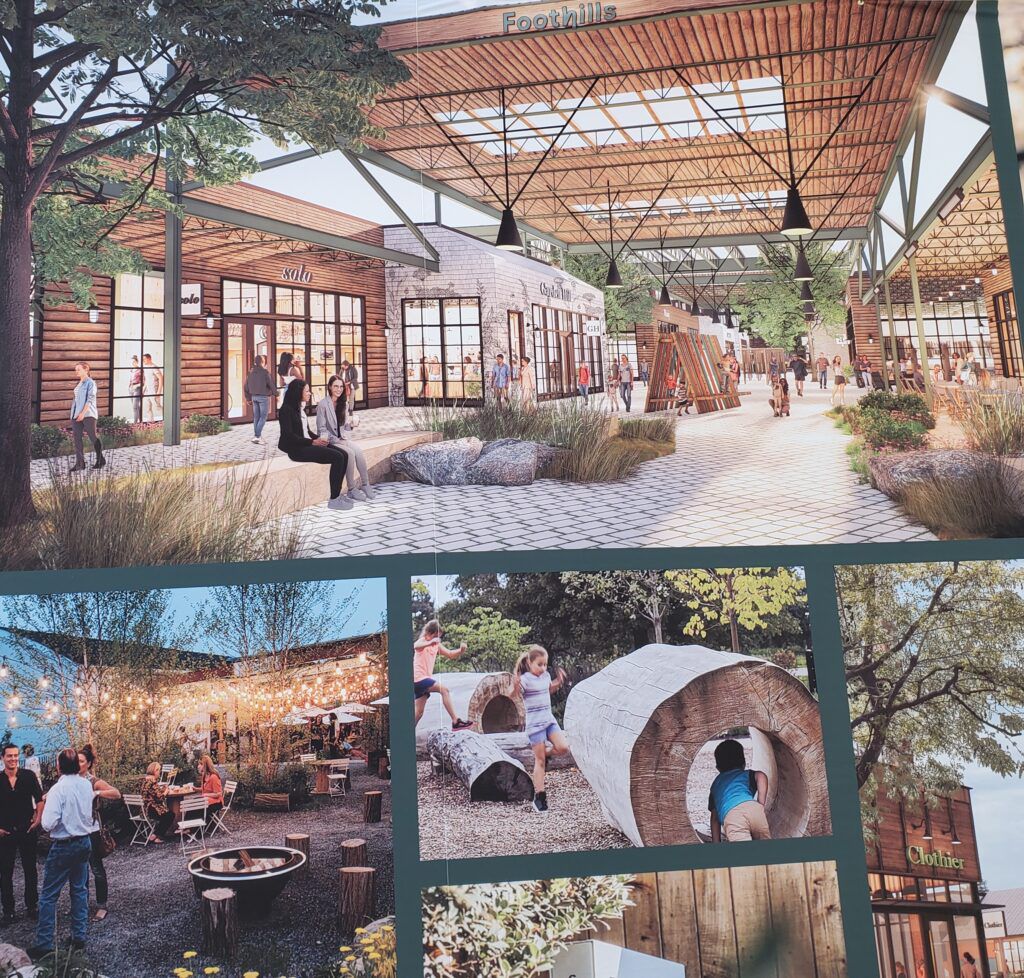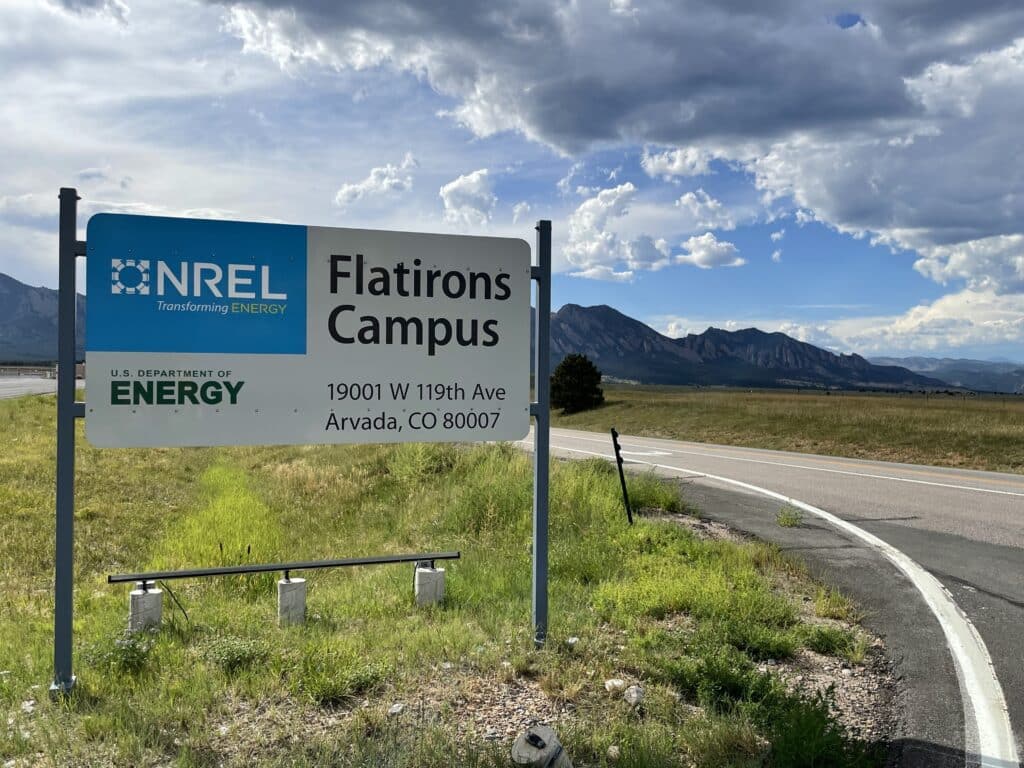Boulder-area commercial real estate: Flex-industrial remains hot, office cool
BOULDER — With uncertainty gripping the wider U.S. economy, the Boulder-area commercial real estate market showed resilience in the fourth quarter, but weaknesses in the office subcategory persist as tenants continue to struggle with the post-COVID-19 work environment.
“We’re getting used to setbacks from a macro perspective,” Becky Gamble, CEO of the brokerage Dean Callan & Co., said in reference to national and international headwinds such as the COVID-19 pandemic and its aftermath, disruptions in the banking sector and rising interest rates.
“There are so many variables that impact commercial real estate that are out of everybody’s control,” she said, but brokers must “find solutions for our clients wherever we may be” in the broader economic cycle.
Dean Callan & Co. this week released its Boulder market report for the first quarter of 2023, which provides some insight into the strengths and challenges facing the commercial real estate industry during a time of uncertainty.
In Boulder County, there are about 3.9 million square feet of vacant office spaces, including subleases, good for a vacancy rate of about 37%.
In Boulder proper, downtown is a particularly tough market for office landlords, with vacancy rates of more than 29%.
When you include subleases, the figure jumps into the 30s, about where the true vacancy rate has hovered throughout the past few quarters, Gamble said.
“There’s still a lot of space,” Gamble said.
East Boulder and Central Boulder are slightly better, with office vacancy rates of about 20% and 11%, respectively.
“I think there’s a different story to be told than necessarily (can be told) just looking at the (office) vacancy numbers,” Gamble said. “I think we’re getting closer” to a breakthrough in companies figuring out how offices fit into the post-COVID-19 work environment, but vacancy rates are likely to remain elevated for the next couple of years. “I don’t see a massive amount of change happening until we see absorption (of already vacant space), and I just don’t see that for another two year-ish.”
The industrial submarket, which includes red-hot office-lab flex product types, is in much better shape, with a vacancy rate of about 5% in the first quarter.
“That 5% number is super healthy,” Gamble said. “… In that sector, I don’t foresee any concerns”
Flex spaces, particularly those that cater to life-sciences companies, have come to dominate the list of new development projects in the region.
“Spending hundreds of thousands of dollars, sometimes millions of dollars to build out their spaces makes for a longer-term commitment,” Gamble said. Science-centric companies have avoided the work-from-home issues plaguing many other sectors because employees “have to be in the office (or lab) for productivity to occur.”
The communities surrounding Boulder have fewer office spaces and more open space on which to build new flex buildings, making them potentially more ripe for commercial real estate professionals at the moment.
“Longmont is not a heavy true office real estate market, so it’s going to have more R&D type product,” Gamble said, while the U.S. Highway 36 corridor “has newer product and more-attractive lease rates generally, so activity there is generally a little bit better than in Boulder, especially on the flex side.”
Despite nagging concerns about the office market, the Boulder area is and will likely remain a strong bet for real estate pros and their clients.
“It always starts with lifestyle, and when you combine that with the education and the workforce, companies are always going to want to be here,” Gamble said.
Source: BizWest




